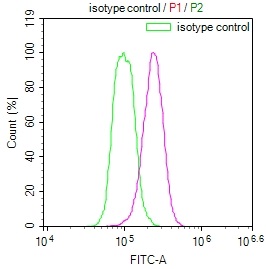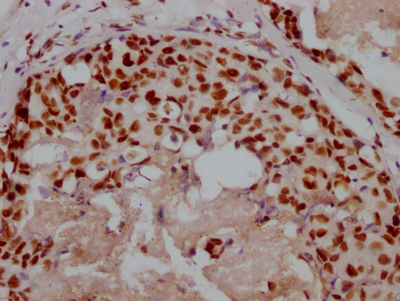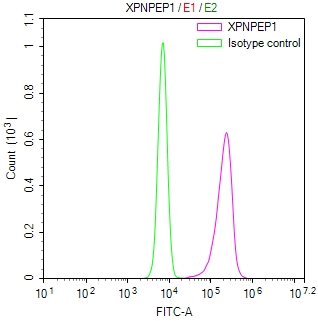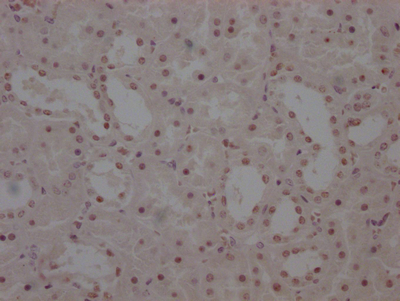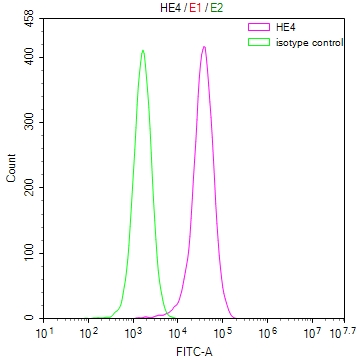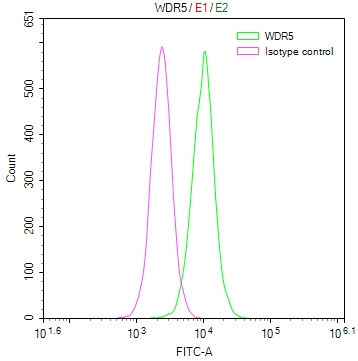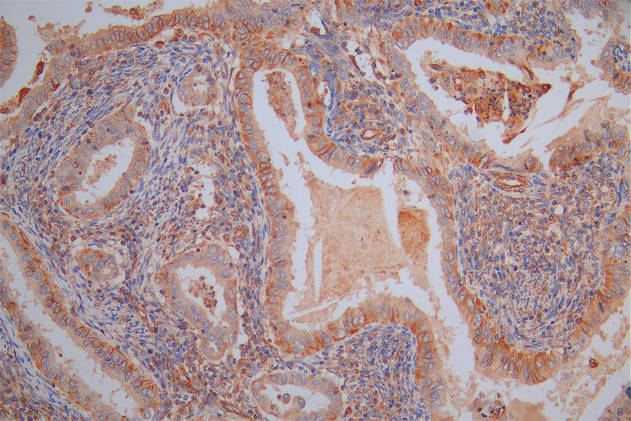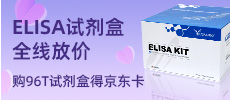TFPT Antibody
-
中文名称:TFPT兔多克隆抗体
-
货号:CSB-PA023439GA01HU
-
规格:¥3,900
-
其他:
产品详情
-
Uniprot No.:
-
基因名:TFPT
-
别名:Amida antibody; INO80 complex subunit F antibody; INO80F antibody; Protein FB1 antibody; TCF3 (E2A) fusion partner (in childhood Leukemia) antibody; TCF3 fusion partner antibody; TFPT antibody; TFPT_HUMAN antibody
-
宿主:Rabbit
-
反应种属:Human,Mouse,Rat
-
免疫原:Human TFPT
-
免疫原种属:Homo sapiens (Human)
-
抗体亚型:IgG
-
纯化方式:Antigen Affinity Purified
-
浓度:It differs from different batches. Please contact us to confirm it.
-
保存缓冲液:PBS with 0.1% Sodium Azide, 50% Glycerol, pH 7.3. -20°C, Avoid freeze / thaw cycles.
-
产品提供形式:Liquid
-
应用范围:ELISA,WB
-
Protocols:
-
储存条件:Upon receipt, store at -20°C or -80°C. Avoid repeated freeze.
-
货期:Basically, we can dispatch the products out in 1-3 working days after receiving your orders. Delivery time maybe differs from different purchasing way or location, please kindly consult your local distributors for specific delivery time.
-
用途:For Research Use Only. Not for use in diagnostic or therapeutic procedures.
相关产品
靶点详情
-
功能:Appears to promote apoptosis in a p53/TP53-independent manner.; Putative regulatory component of the chromatin remodeling INO80 complex which is involved in transcriptional regulation, DNA replication and probably DNA repair.
-
基因功能参考文献:
- TCF3/E2A is Conserved Specific Coregulators of the p21:PUMA Expression Ratio. PMID: 23684607
- Although p53 is a main regulator of apoptosis in mammalian cells, the Tfpt induced apoptosis appears p53-independent. PMID: 17041757
- FB1 is an important binding partner and a functional regulator of U19/EAF2, EAF1, and/or ELL. PMID: 17395368
-
相关疾病:A chromosomal aberration involving TFPT is a cause of pre-B-cell acute lymphoblastic leukemia (B-ALL). Inversion inv(19)(p13;q13) with TCF3.
-
亚细胞定位:Nucleus.
-
数据库链接:
Most popular with customers
-
YWHAB Recombinant Monoclonal Antibody
Applications: ELISA, WB, IHC, IF, FC
Species Reactivity: Human, Mouse, Rat
-
Phospho-YAP1 (S127) Recombinant Monoclonal Antibody
Applications: ELISA, WB, IHC
Species Reactivity: Human
-
-
-
-
-
-


